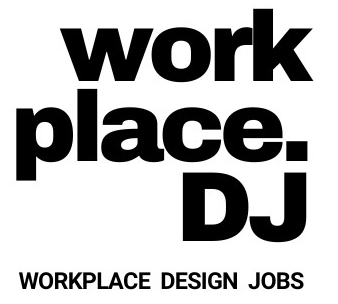Anxiety in the Workplace: Understanding, Managing, and Supporting your Team.
Anxiety in the workplace is a growing concern for both employees and employers. In today’s fast-paced work environment, stress and pressure can easily trigger feelings of anxiety, which can impact productivity, job satisfaction, and overall well-being. While occasional anxiety is a normal reaction to workplace demands, chronic or unmanaged anxiety can lead to more serious mental health issues if not addressed. Understanding how to recognise, manage, and support anxiety in the workplace is crucial for creating a healthy and productive work culture.

What is Workplace Anxiety?
Workplace anxiety refers to feelings of worry, nervousness, or fear related to job responsibilities, work environment, or interactions with colleagues and supervisors. This anxiety can stem from various sources, such as tight deadlines, high workloads, job insecurity, interpersonal conflicts, or performance expectations.
In some cases, anxiety is tied to specific events, such as preparing for a presentation or meeting a critical deadline. However, for some individuals, anxiety is a constant presence that affects their ability to perform even routine tasks. According to the Anxiety and Depression Association of America (ADAA), workplace anxiety affects millions of employees worldwide, and it’s one of the leading causes of decreased productivity and job burnout.
Signs and Symptoms of Workplace Anxiety
Recognising the signs of workplace anxiety is the first step toward managing it. Common symptoms include:
- Physical symptoms such as headaches, stomach problems, fatigue, or muscle tension.
- Emotional symptoms like irritability, feelings of dread, or being easily overwhelmed.
- Behavioural changes such as procrastination, avoidance of work-related tasks, or withdrawing from team interactions.
- Cognitive difficulties like trouble concentrating, forgetfulness, or difficulty making decisions.
When these symptoms persist, they can interfere with both personal well-being and professional performance, leading to a decline in job satisfaction, increased absenteeism, and even job turnover.
Causes of Workplace Anxiety
Several factors can contribute to anxiety in the workplace, including:
- High job demands: Unrealistic expectations, excessive workloads, and tight deadlines can create constant pressure and stress, leading to anxiety.
- Lack of control: Employees who feel they have little control over their tasks, decisions, or work schedules may experience heightened anxiety.
- Job insecurity: Fears of losing one’s job or concerns about company restructuring can lead to chronic anxiety.
- Interpersonal conflicts: Poor relationships with colleagues or supervisors can cause anxiety, especially if bullying, discrimination, or workplace harassment is involved.
- Work-life balance: Struggling to balance professional responsibilities with personal life can add to feelings of anxiety, particularly when the boundaries between work and home life are blurred.
Managing Workplace Anxiety
Addressing workplace anxiety requires both individual coping strategies and organisational support. Here are several approaches:
- Open Communication: Employees should feel comfortable discussing their concerns with supervisors or HR departments without fear of stigma. Open communication can lead to better understanding and support.
- Prioritisation and Time Management: Learning to manage time effectively by breaking tasks into smaller, manageable steps can reduce the feeling of being overwhelmed.
- Mindfulness and Relaxation Techniques: Practices such as mindfulness meditation, deep breathing exercises, or regular breaks can help calm anxious thoughts and prevent stress buildup. Some companies offer this as part of their company benefits.
- Seeking Professional Help: For those experiencing chronic anxiety, seeking support from mental health professionals can be beneficial. Many workplaces offer Employee Assistance Programs (EAPs) that provide confidential counselling services.
- Workplace Flexibility: Employers can help reduce anxiety by offering flexible working arrangements, such as remote work options, flexible hours, or time off for mental health care. This in return make for loyal and happy employees lowering staff turnover.
Creating a Supportive Workplace Environment
To effectively manage workplace anxiety, some companies employers must foster and does offer a supportive environment that prioritises employee well-being. This can include:
- Promoting mental health awareness: Employers should provide resources and training on mental health to reduce stigma and encourage employees to seek help when needed.
- Creating a culture of empathy: Leaders should be approachable and empathetic, encouraging employees to voice their concerns without judgment.
- Ensuring realistic workloads: Employers must assess whether workloads and deadlines are achievable, preventing employees from becoming overwhelmed.
- As part of company benefits, mental wellbeing practices such as meditation and or yoga in the workplace.
Workplace anxiety is a serious issue that affects both employees mental health and the overall success of an organisation. By recognising the signs of anxiety and implementing effective strategies to manage it, both employees and employers can work together to create a healthier, more supportive work environment. Reducing workplace anxiety can lead to increased productivity, higher job satisfaction, and a more positive and resilient workforce.
Anyone can develop Anxiety at any age and at any time, we must be understanding and have knowledge about a very common problem and issue.

